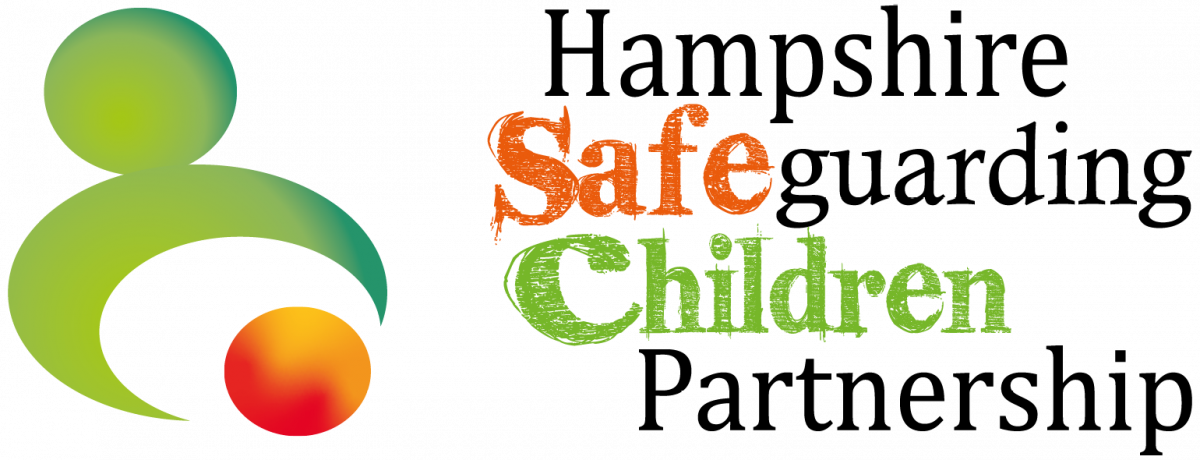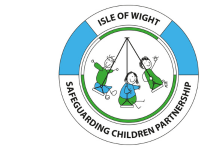Language
As with all areas of safeguarding children, it is important for professionals to use language to discuss child-on-child abuse in a way that avoids discrimination or apportioning blame. The language used should reflect that all involved parties are children. Language used to discuss child-on-child abuse should be:
- Fact Based: For example, referring to a child as an ‘offender’ is factually incorrect if they have not been charged with any offences and also goes against the ‘Child First’ standpoint of the Youth Justice Board for England and Wales.
- Specific and Clear: This will support in avoiding misunderstanding or misinterpretation. It is helpful to use shared language with other colleagues and organisations, so that there is a shared understanding across services of what is being discussed.
- Free From Judgement and Bias: Professionals should be mindful of any of their own judgements or biases being expressed in the terms that they use. Examples of biases are explored below.
Specific Terms To Consider When Discussing or Reporting Child-on-Child Abuse:
Alleged Perpetrator/Perpetrator: It is acknowledged that this terminology may be the most appropriate for use within guidance and protocols/ policies. However, it is important that professionals consider the appropriateness of this term when speaking directly with a child, not least because in some cases the abusive behaviour will have been harmful to the child who is displaying harmful behaviour as well. A more appropriate term may be ‘the child who has harmed’.
Victim: It is important that professionals understand that not all children who have been subjected to abuse consider themselves a victim or would wish to be described in this way. It is important that professionals are conscious of this when responding to an incident and are prepared to use the term which the individual child is most comfortable with. An example might be ‘the child who has been harmed’.
Important Considerations:
Adultification: This is a type of bias which skews the perception of certain children, leading to others (including professionals) viewing them as more ‘grown up’ or ‘adult’. This can then lead to the child’s needs not being identified and responded to in order to effectively safeguard them. Certain aspects of that child’s personal characteristics, socio-economic situation or lived experiences are met with discriminatory responses. This means that, rather than being seen as children experiencing abuse, they are viewed as either responsible in some way, or as more resilient and able to withstand maltreatment. Within the context of child-on-child abuse, this bias could impact on the identification and response to risks for both the child who has been harmed and the child who has displayed harmful behaviour.
Unconscious Bias: Unconscious biases are social stereotypes about certain groups of people that individuals form outside their own conscious awareness. Everyone holds unconscious beliefs about various social and identity groups and they are often incompatible with our consciously held values.
Whilst we all have biases, failing to recognise or address our bias can have a significant, negative impact on a professional response to a child. Safeguarding supervision can be an effective tool in helping professionals to become aware of and address any unconscious bias.

